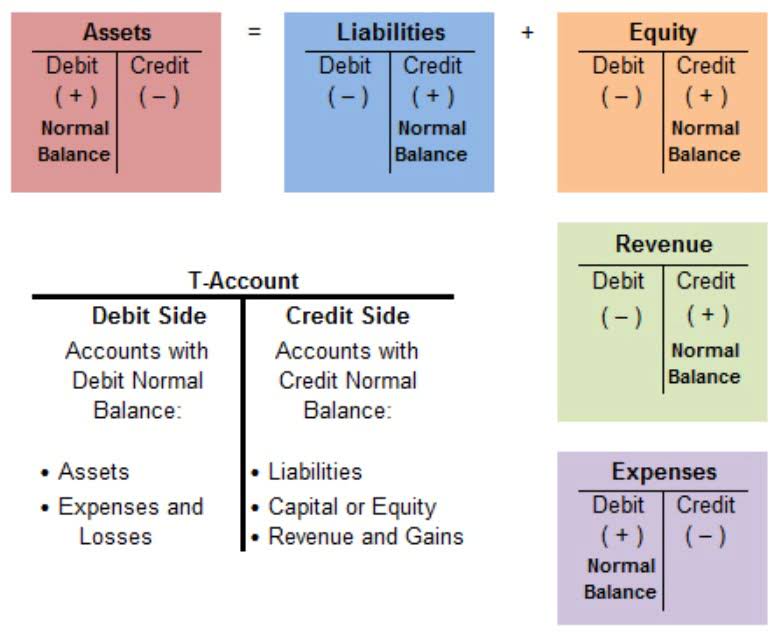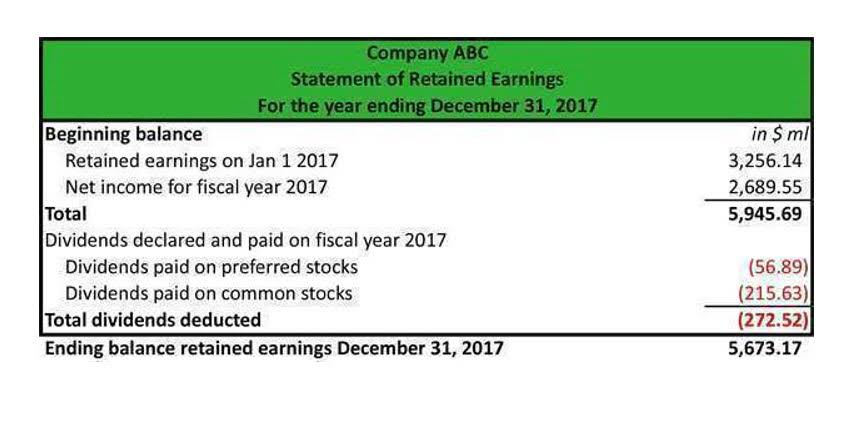
This can give the users of your financial statements a better visualization of which programs require more resources and funding. This statement is presented as a table, whereby the applicable natural expense categories are delineated by row and these respective expenses are allocated across columns via functional allocations. Report all insurance on this line, except employee-related insurance (i.e. health, life or disability insurance) on this line, as they should be included with employee compensation or property or occupancy-related insurance, as those expenses are reported on line 16.

Substantiation of payroll contributions.
The IRS can refute the presumption of reasonableness only if it develops sufficient contrary evidence to rebut the probative value of https://www.bookstime.com/ the comparability data relied upon by the authorized body. This provision gives taxpayers added protection if they faithfully find and use contemporaneous persuasive comparability data when they provide the benefits. Other persons not described above can also be considered disqualified persons, depending on all the relevant facts and circumstances. The intermediate sanction regulations are important to the exempt organization community as a whole, and for ensuring compliance in this area.
Functional classifications: Three main categories
- An organization formed to promote and preserve folk music and related cultural traditions holds an annual folk music festival featuring concerts, handcraft demonstrations, and similar activities.
- Use Schedule I (Form 990) to report amounts over $5,000 paid by the black lung trust to or for the benefit of miners or their beneficiaries other than amounts included on line 21.
- By integrating functional expense information, the Statement of Activities offers a comprehensive overview of the nonprofit’s financial performance, including the efficiency of its program delivery and the cost-effectiveness of its fundraising efforts.
- Check the “Former” box for the former five highest compensated employees only if all four conditions below apply.
- Financial Accounting Standards Board, Accounting Standards Codification 958 (ASC 958) provides standards for external financial statements certified by an independent accountant for certain types of nonprofit organizations.
Most organizations exempt from income tax under section 501(a) must file an annual information return (Form 990 or 990-EZ) or submit an annual electronic notice (Form 990-N), depending upon the organization’s gross receipts and total assets. CARES Act Attention nonprofits…is your organization prepared to include the statement of functional expense in its financial statements? As a nonprofit, you receive your non-profit IRS designation as a 501(c3), 501(c4) or 501(c6) because you promote and serve the public good. By viewing the statement of functional expenses as more than a tax-filing requirement or public relations medium, you can also pursue good governance to improve your mission’s effectiveness.
Appendix C. Special Gross Receipts Tests for Determining Exempt Status of Section 501(c)( and 501(c)( Organizations
Expenses such as payroll costs, depreciation, and rent are typically attributable to multiple functional expense categories. Common benchmarks for calculating allocation across different categories are estimates of staff’s time and effort for payroll costs and square footage for occupancy costs. Each of the general functional expense categories can be further broken down to specific subgroups that more clearly classify the nature of the organization’s expenses.
Get A Free Financial Check Up
- Use the same lines from the 2023 Form 990 to determine what to report for prior year revenue and expense amounts.
- For instance, recipients of disability pay, certain members of the clergy, and religious workers who aren’t subject to social security and Medicare taxes as employees can receive compensation that isn’t reported in box 5.
- The alternate test doesn’t apply if any employee of the mutual insurance company or a member of the employee’s family is an employee of another company that is exempt under section 501(c)(15) (or would be exempt if this provision didn’t apply).
- Answer “Yes” on line 14a if the organization received any payments during the year for indoor tanning services.
- Direct allocation is used when expenses are attributable to a specific category.
- Information Returns, to transmit to the IRS paper Forms 1099, 1098, 5498, and W-2G, which are information returns reporting certain amounts paid or received by the organization.
Functional expenses are simply an allocation of expenses based upon the purpose of the underlying expenditure. While the definition is straightforward, actual allocation methods are vague and can vary greatly across different organizations. As we reported in part six of our Big Changes Coming for Financial Reporting of NFP Organizations, effective for fiscal years beginning on or after December 15, 2017, all not-for-profit (NFP) entities will be required to present expenses on a functional and natural classification basis. Following is a deeper dive into not-for-profit functional expense reporting. An organization may use any reasonable method in making a good faith estimate of the value of goods or services provided by that organization in consideration for a taxpayer’s payment to that organization. A good faith estimate of the value of goods or services that aren’t generally available in a commercial transaction may be determined by reference to the FMV of similar or comparable goods or services.
Organizations that have $1,000 or more for the tax year of total gross income from all unrelated trades or businesses must file Form 990-T to report and pay tax on the resulting unrelated business taxable income (UBTI), in addition to any required Form 990, 990-EZ, or 990-N. A written cost allocation plan helps an organization create and apply consistent methodologies for allocating costs incurred in the day to day operation of the organization. Proper allocation provides information about how much it costs to run each part of the organization. This information is also required if your organization has received any federal or state funding or any type of contract related reporting. Certain costs benefit more than one function and, therefore, shall be allocated. For example, information technology generally can be identified as benefitting various functions, such as management and general (for example, accounting and financial reporting and human resources), fundraising, and program delivery.
How to Allocate Functional Expenses in Nonprofit Organizations
Line 7 statement of functional expenses is directed only to organizations that can receive deductible charitable contributions under section 170(c). All other organizations should leave lines 7a through 7h blank and go to line 8. Answer “No” to line 35a if the organization had no related organizations during the tax year. For purposes of line 24b, the organization need not include the following as investments of proceeds. Answer “Yes” if the organization received or held any conservation easement at any time during the year, regardless of how the organization acquired the easement or whether a charitable deduction was claimed by a donor of the easement.

For example, salaries of a fundraising employee directly pertain to fundraising and should be wholly allocated to the fundraising category. After determining which natural category an expense relates to, the next step is to determine how much of each natural classification or expense is attributable to each category. For example, salary and wage expenses (a natural classification) are usually related to all categories. Depending on the natural classification of the expense, different allocation methods may be appropriate. Non-profit organizations are generally required to prepare a Statement of Functional Expenses annually.

How To Get Tax Help
Those organizations that answer “Yes” on line 24a must also answer lines 24b through 24d and complete Schedule K (Form 990), Supplemental Information on Tax-Exempt Bonds. Answer “Yes” if the organization reported on Part IX, line 1, column (A), more than $5,000 of grants and other assistance to any domestic organization, or to any domestic government. For instance, answer “No” if the organization made a $4,000 grant to each of two domestic organizations and no other grants. Don’t report grants or other assistance provided to domestic organizations or domestic governments for the purpose of providing grants or other assistance to designated foreign organizations or foreign individuals.



